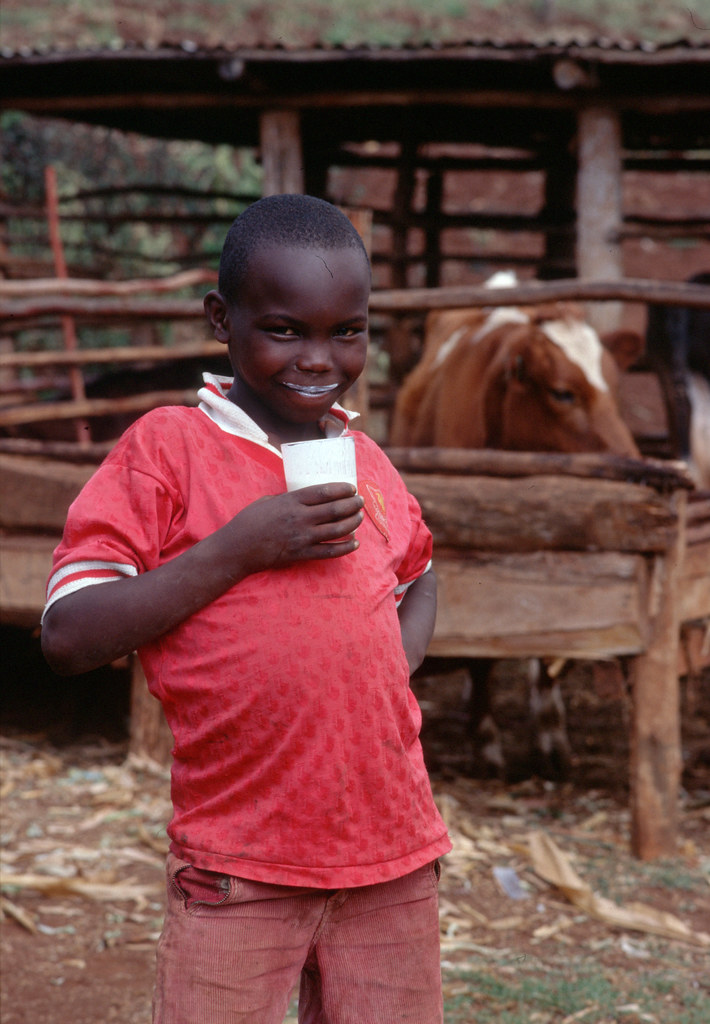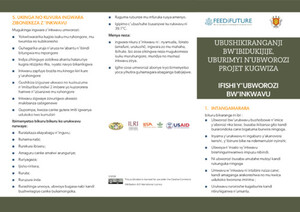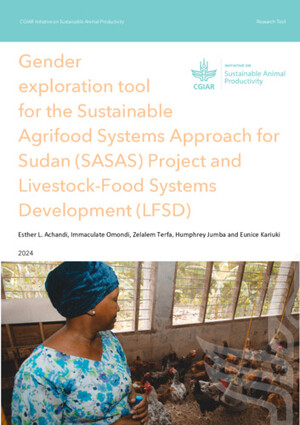
New study explores links between dairy intensification, women’s decision-making, time use and child nutrition
Animal source foods such as dairy products have been demonstrated to have great potential in improving household nutrition. While dairy intensification as a development strategy is associated with improved household nutrition, the pathways by which this occurs are not well understood.
A collaborative study by scientists from the International Livestock Research Institute (ILRI), the Canadian International Development Research Centre (IDRC), the International Food Policy Research Institute (IFPRI) and Emory University looked at the pathways between dairy intensification and child nutrition and how women’s time use and decision-making patterns related to dairy income and consumption are associated with dairy intensification.
The study was conducted in the Rift Valley region of Kenya, where the country’s dairy production (from 53% of the country’s dairy herd) is concentrated.
The researchers found that children in high-intensity households receive more milk than those in medium-intensity households and that though women appear to be gaining control over evening milk sales decisions, men still mostly control total dairy income. They also found that women from medium-intensity households spend more time on dairy activities than those from high-intensity households, but the time allocated to childcare activities and income-generating activities is relatively similar across all levels of intensification. Households in the high-intensity category, however, compensated for the increased labour requirements by hiring labour.
The study considered three categories of households representing different levels of dairy intensification and explored three conceptual pathways:
- Food production, focusing on consumption of cow’s milk and dietary diversity.
- Agricultural income, focusing on dairy income and household decision-making.
- Women’s empowerment, focusing on women’s roles in dairy and links to childcare practices
The authors, who include ILRI’s Isabelle Baltenweck, say the increased workload from dairy intensification, especially in medium-intensity households could negatively impact women’s time use, further affecting caregiving activities and child nutrition by making it harder for women to breastfeed leading to earlier weaning and introduction of complementary food.

















